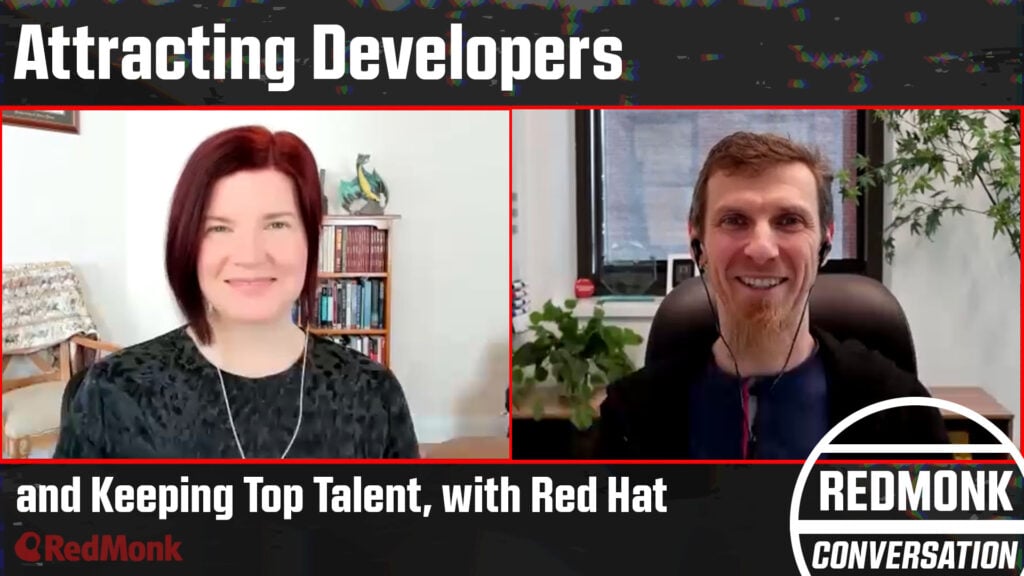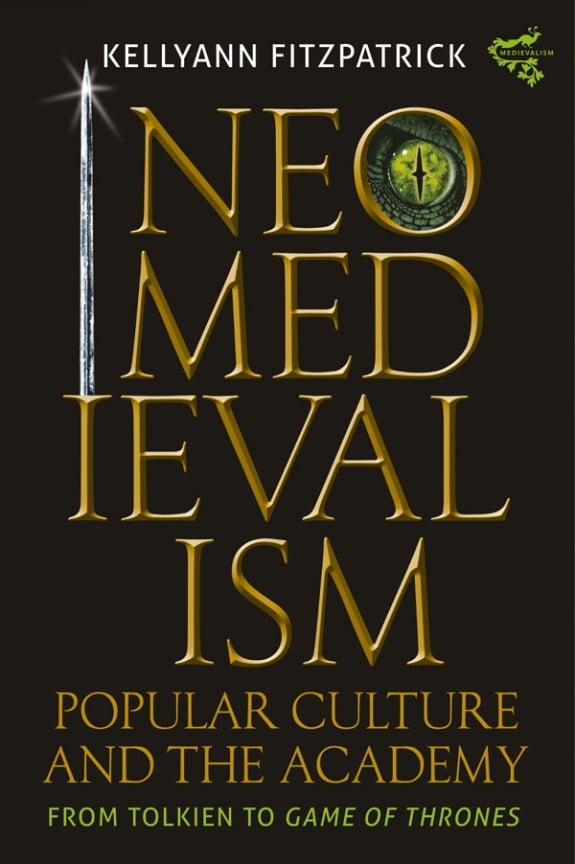
I recently had the chance to speak with Chris Wright, CTO and SVP of Global Engineering at Red Hat, about hiring and retaining top tech talent. To be clear, hiring in tech in 2023 is fraught. Only a few short years ago the tech industry’s most prominent hiring buzz was purported skills shortages. Then the Covid-19 pandemic brought with it (among other things) the Great Resignation, a wave of what we now diagnose as over hiring, and the challenges of onboarding entire distributed teams remotely.
The current economic climate and recent waves of tech layoffs have resulted in what is often termed “The Great Reshuffle”, with some tech companies laying off tens of thousands of workers (and rescinding job offers) while other organizations (as my colleague Rachel Stephens has written) are well-positioned to compete for available tech talent.
But how does a shop like Red Hat go about not only hiring but retaining tech talent in the midst of the Great Reshuffle? Well, it certainly does not hurt to have a CTO/SVP of Global Engineering who makes talent acquisition and retention a priority–which Chris clearly does–and who has a holistic understanding of the technical staffing needs of an organization like Red Hat. He notes:
That combination of CTO and being responsible for global engineering means I have thousands of engineers–more than 5000 engineers–that are part of my organization. So it means I’m thinking about talent acquisition, talent development and talent retention a lot. There’s a lot of people and we’re trying to do a lot, and I think it’s worth noting that when you think about engineering, it comes in all different shapes and sizes. I mean, I’m a software engineer and so my background is in development. And I think “engineering” and go straight to “development”.
But we have product engineering where we’re developing products. We’re stabilizing and doing quality engineering. We’re connecting with our partners and making sure we’re building solutions together. We have innovation happening in emerging technologies. We care about the security footprint of our portfolio. So the point being: there’s a whole breadth of ways that we look at technical talent. And I think that’s important because we have to think broadly about how we’re attracting all of those different types of skill sets to our organization, and it’s easy to get down a path that it’s just about developers.
As an analyst at a firm that focuses not only on developers but also on other technical practitioners, I find this perspective refreshingly self-aware; as I have written previously, tech industry leaders can be notorious for continually attempting to reproduce themselves in their hiring practices, often in the name of company culture. Although it is worth noting that when I asked Chris what brings folks to Red Hat, Red Hat’s culture and what he sees as its larger mission play an important part in his answer:
I love who we are at Red Hat, so I would sum it up really in a pithy single word like “culture.” But this is about who we are as a company and as a collection of engineers building something and doing something together. I know I’m here to just make open source ubiquitous. And I think of this as — “how can we use that openness to unlock the world’s potential?” That’s kind of a lofty goal. I mean, it’s a little bit out there, but it’s inspiring. There’s a great element of a mission associated with that that’s beyond just the business, which I think is motivating to people, to engineers who are interested in how they can make a difference.
The rest of the conversation touches on the relationship Red Hat has with open source communities, how this influences its recruiting practices, and even some of the outreach Red Hat does with post-secondary educational institutions (and yes, this goes beyond Stanford and MIT). I also asked about leadership opportunities, which can be crucial to retaining and developing tech talent, with emphasis on those that go beyond the managerial track. Chris’s response:
I’m smiling because I was one of those developers who never wanted to be in a managerial leadership role.
I think leadership is usually connected to managers and executive teams and that kind of thing. I think about it a little differently. And I know at Red Hat, we try to approach it from the perspective that there are leadership opportunities in every role. And I feel a little bit like — you’re a leader and you’re a leader and you’re a leader — and I don’t mean it that way, but just the way that you show up in any context, there’s an opportunity to show up in a leadership way because who you are and the behavior that you display. You’re making a contribution to a team, you’re building consensus that takes leadership skills.
It was also heartening to see collaboration and communication come up as essential leadership skills, and to hear that Red Hat incorporates these “soft skills” into its different leadership development programs.
You can watch the video of this conversation below or see the full transcript and related links.
Disclosure: The video discussed here was sponsored by Red Hat (but this post was not).
Related content: The Docs are In: Upskilling Insights from a Podcaster & Solution Architect at Red Hat (with my colleague Kate Holterhoff and Red Hat’s Angela Andrews).

No Comments